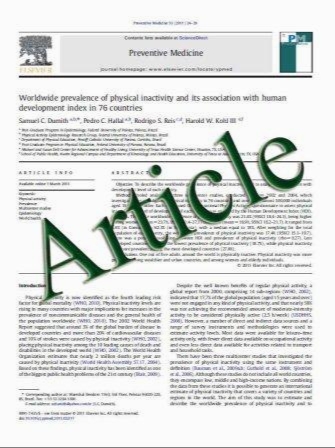Reliability of tunnel angle in ACL reconstruction: two-dimensional versus three-dimensional guide technique
- نوع فایل : کتاب
- زبان : انگلیسی
- مؤلف : Jeff R. S. Leiter • Nevin de Korompay • Lindsey MacDonald • Sheila McRae • Warren Froese • Peter B. MacDonald
- چاپ و سال / کشور: 2011
Description
Purpose To compare the reliability of tibial tunnel position and angle produced with a standard ACL guide (twodimensional guide) or Howell 65 Guide (three-dimensional guide) in the coronal and sagittal planes. In the sagittal plane, the dependent variables were the angle of the tibial tunnel relative to the tibial plateau and the position of the tibial tunnel with respect to the most posterior aspect of the tibia. In the coronal plane, the dependent variables were the angle of the tunnel with respect to the medial joint line of the tibia and the medial and lateral placement of the tibial tunnel relative to the most medial aspect of the tibia. Methods The position and angle of the tibial tunnel in the coronal and sagittal planes were determined from anteroposterior and lateral radiographs, respectively, taken 2–6 months postoperatively. The two-dimensional and three-dimensional guide groups included 28 and 24 sets of radiographs, respectively. Tibial tunnel position was identified, and tunnel angle measurements were completed. Multiple investigators measured the position and angle of the tunnel 3 times, at least 7 days apart. Results The angle of the tibial tunnel in the coronal plane using a two-dimensional guide (61.3 ± 4.8) was more horizontal (P\0.05) than tunnels drilled with a threedimensional guide (64.7 ± 6.2). The position of the tibial tunnel in the sagittal plane was more anterior (P\0.05) in the two-dimensional (41.6 ± 2.5%) guide group compared to the three-dimensional guide group (43.3 ± 2.9%). Conclusion The Howell Tibial Guide allows for reliable placement of the tibial tunnel in the coronal plane at an angle of 65. Tibial tunnels were within the anatomical footprint of the ACL with either technique. Future studies should investigate the effects of tibial tunnel angle on knee function and patient quality of life. Level of evidence Case–control retrospective comparative study, Level III.
Knee Surg Sports Traumatol Arthrosc (2011) 19:1258–1264 DOI 10.1007/s00167-011-1397-0 Received: 24 July 2010 / Accepted: 2 January 2011 / Published online: 3 February 2011


